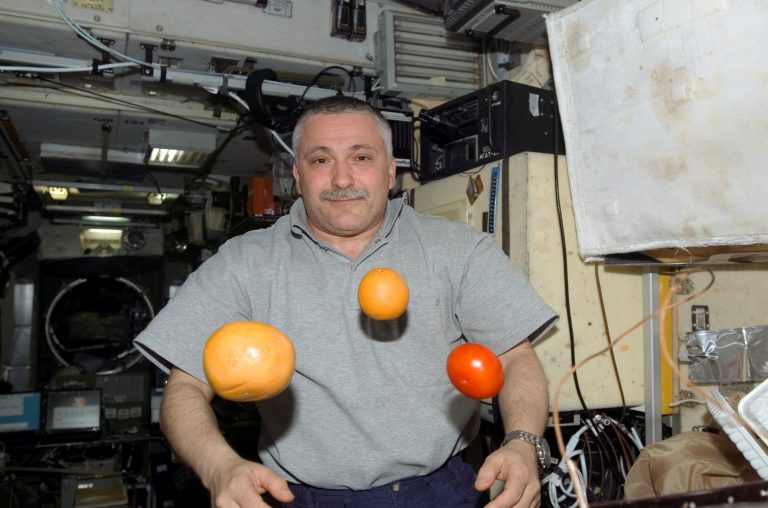Microbes in space have been of interest to the folks at various space agencies for as long as we’ve been sending people into space. Rampant mold growth on the Russian Space Station Mir was probably one of the reasons for the decision to “deorbit” the station (a fancy way of describing crashing into the ocean). Concerns about astronaut health, creating mutant bacteria, and contaminating other planets all play a role. For most of the last 50 years this microbiology work has of necessity been culture-based. Only in the last few years has space microbiology begun to experience the next-generation sequencing revolution that has transformed terrestrial biology in the last decade. Given the long lag between experiment and publication in an environment like NASA, I expect to see many more of these kind of studies in the coming decade.
In this particular study “Whole metagenome profiles of particulates collected from the International Space Station” the authors discuss a metagenomics analysis on dust from the International Space Station. (Full disclosure, I reviewed this paper for Microbiome). For reasons that have never been totally clear to me, they compare their results to an analysis of cleanrooms at JPL but to my mind that’s just a distraction (seems obvious that the ISS would be very different from a cleanroom). Worth a read by anyone interested in space microbiology. Abstract below:
Abstract
BackgroundThe built environment of the International Space Station (ISS) is a highly specialized space in terms of both physical characteristics and habitation requirements. It is unique with respect to conditions of microgravity, exposure to space radiation, and increased carbon dioxide concentrations. Additionally, astronauts inhabit a large proportion of this environment. The microbial composition of ISS particulates has been reported; however, its functional genomics, which are pertinent due to potential impact of its constituents on human health and operational mission success, are not yet characterized.
MethodsThis study examined the whole metagenome of ISS microbes at both species- and gene-level resolution. Air filter and dust samples from the ISS were analyzed and compared to samples collected in a terrestrial cleanroom environment. Furthermore, metagenome mining was carried out to characterize dominant, virulent, and novel microorganisms. The whole genome sequences of select cultivable strains isolated from these samples were extracted from the metagenome and compared.
ResultsSpecies-level composition in the ISS was found to be largely dominated by Corynebacterium ihumii GD7, with overall microbial diversity being lower in the ISS relative to the cleanroom samples. When examining detection of microbial genes relevant to human health such as antimicrobial resistance and virulence genes, it was found that a larger number of relevant gene categories were observed in the ISS relative to the cleanroom. Strain-level cross-sample comparisons were made for Corynebacterium, Bacillus, and Aspergillus showing possible distinctions in the dominant strain between samples.
ConclusionSpecies-level analyses demonstrated distinct differences between the ISS and cleanroom samples, indicating that the cleanroom population is not necessarily reflective of space habitation environments. The overall population of viable microorganisms and the functional diversity inherent to this unique closed environment are of critical interest with respect to future space habitation. Observations and studies such as these will be important to evaluating the conditions required for long-term health of human occupants in such environments.
Keywords
International Space Station Microbiome Functional metagenomics Built environment Cleanroom Propidium monoazide

Perhaps the comparison with the cleanrooms is to convince NASA that, in the context of microbes, the cleanrooms aren’t an accurate simulation of space conditions?
Maybe! I don’t see why anyone would think that they would be a reasonable proxy for the ISS but as you say, there may be non-obvious reasons for doing that.